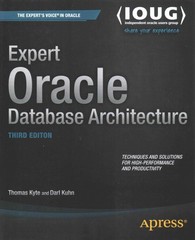Answered step by step
Verified Expert Solution
Question
1 Approved Answer
python Code: import Assignment2 import random import time import sys def native_search(text, pattern, verbose=False): return text.index(pattern) def brute_force(text, pattern, verbose=False): m = len(pattern) n =
python

Code:
import Assignment2 import random import time import sys def native_search(text, pattern, verbose=False): return text.index(pattern) def brute_force(text, pattern, verbose=False): m = len(pattern) n = len(text) for i in range(n - m + 1): j = 0 while j = m - j: if pattern[j] == text[i]: i += 1 j += 1 if j == m: return i-j j = lps[j - 1] elif i = 0 and pattern[j] == text[s + j]: j -= 1 if j [3] Display results from the various searches in a text-table to verify that they work. [4] Display the timings from the various searches in the dataframe and graph as in Assignments 1-3. [5] Create a loop to run the previous code several times for different length patterns (instead of hard-coded at 5): for pattern_length in \( \begin{array}{l}\text { for } 4,8,12,16]: \\ \text { \#do run_algs for that pattern length } \\ \text { \# print the times for that pattern length } \\ \text { \# make the graph for pattern length }\end{array} \) You should submit one console output with runs for all pattern lengths, but only one graph for pattern length 4 Step by Step Solution
There are 3 Steps involved in it
Step: 1

Get Instant Access to Expert-Tailored Solutions
See step-by-step solutions with expert insights and AI powered tools for academic success
Step: 2

Step: 3

Ace Your Homework with AI
Get the answers you need in no time with our AI-driven, step-by-step assistance
Get Started


